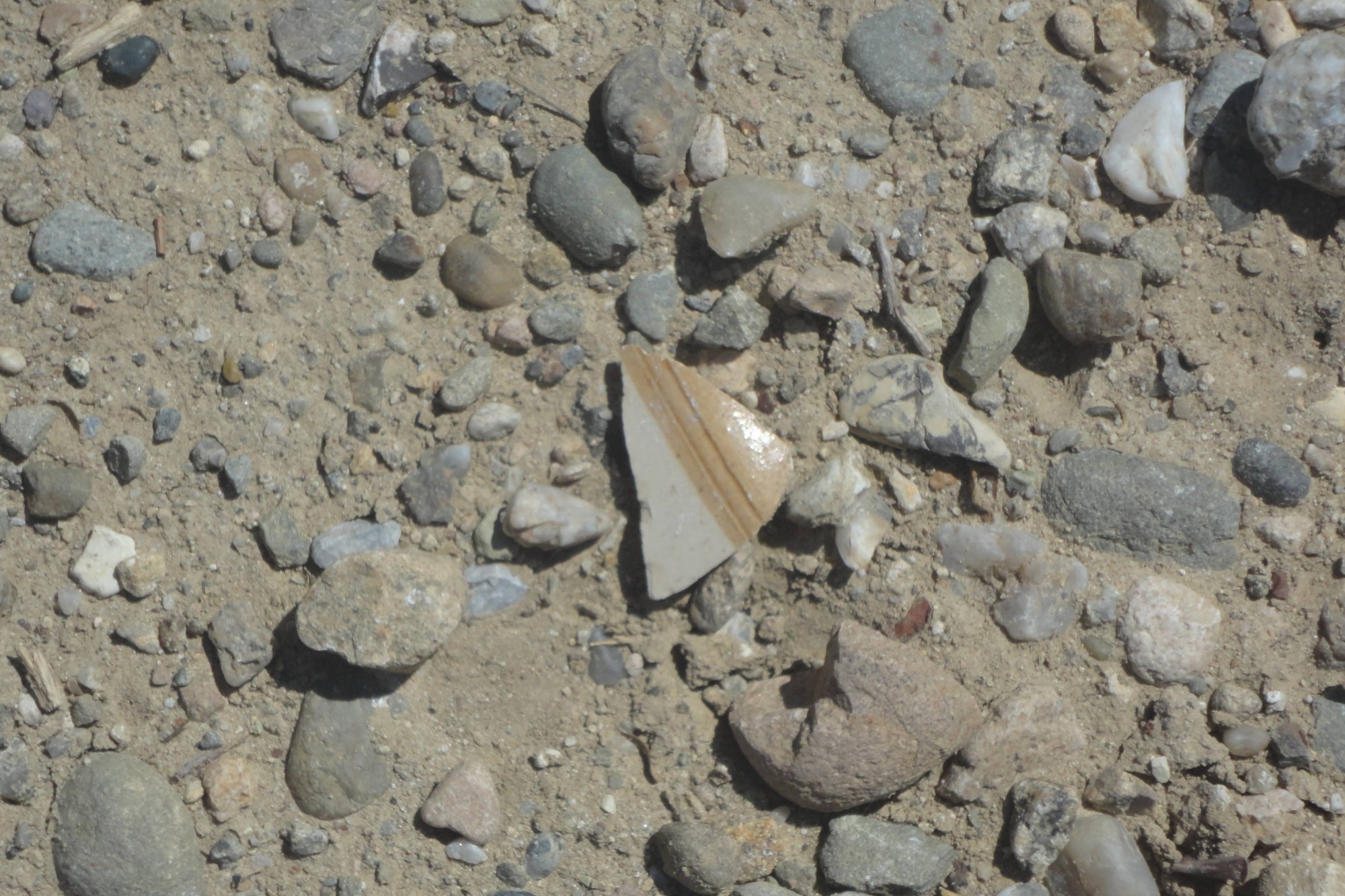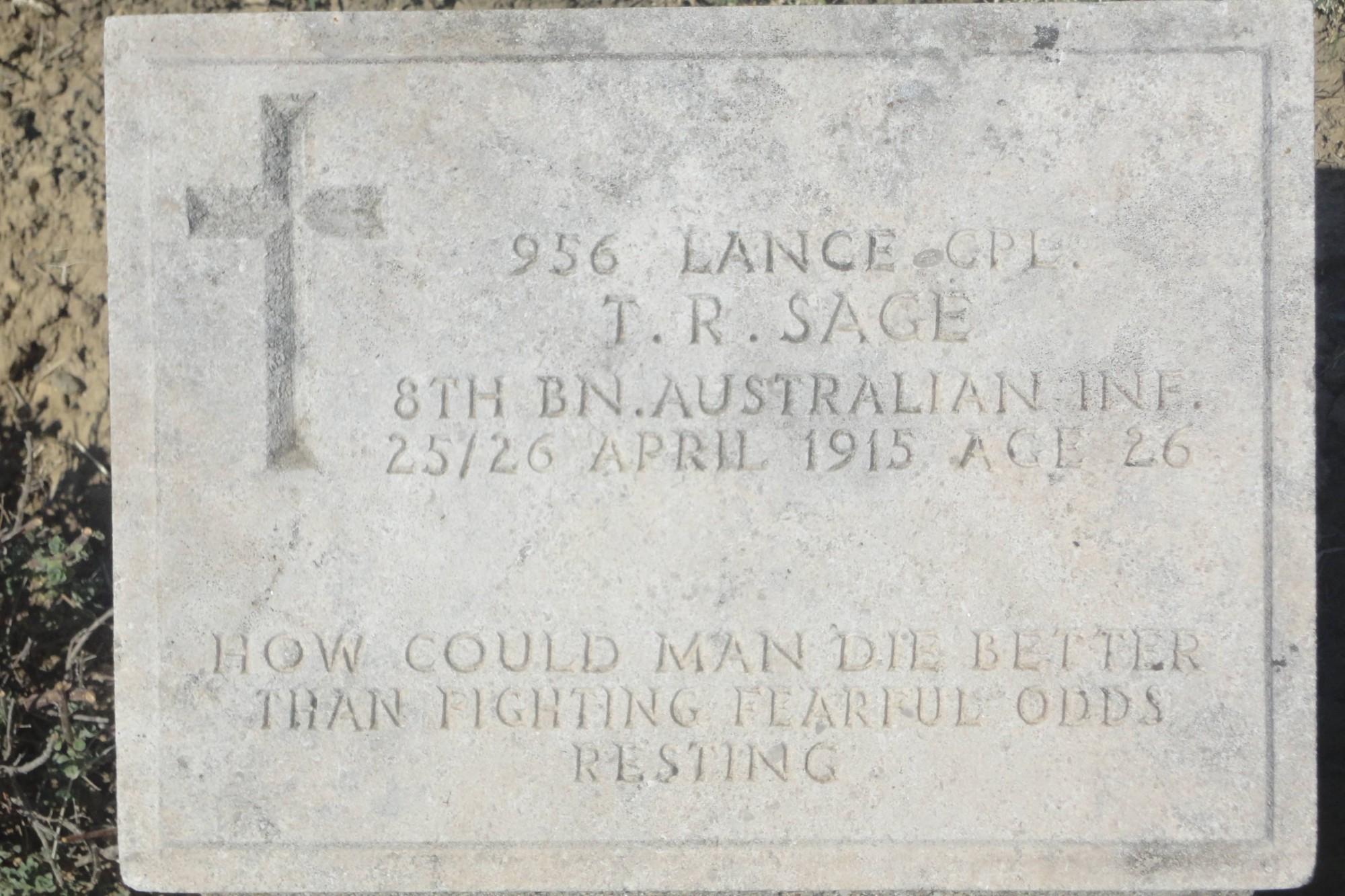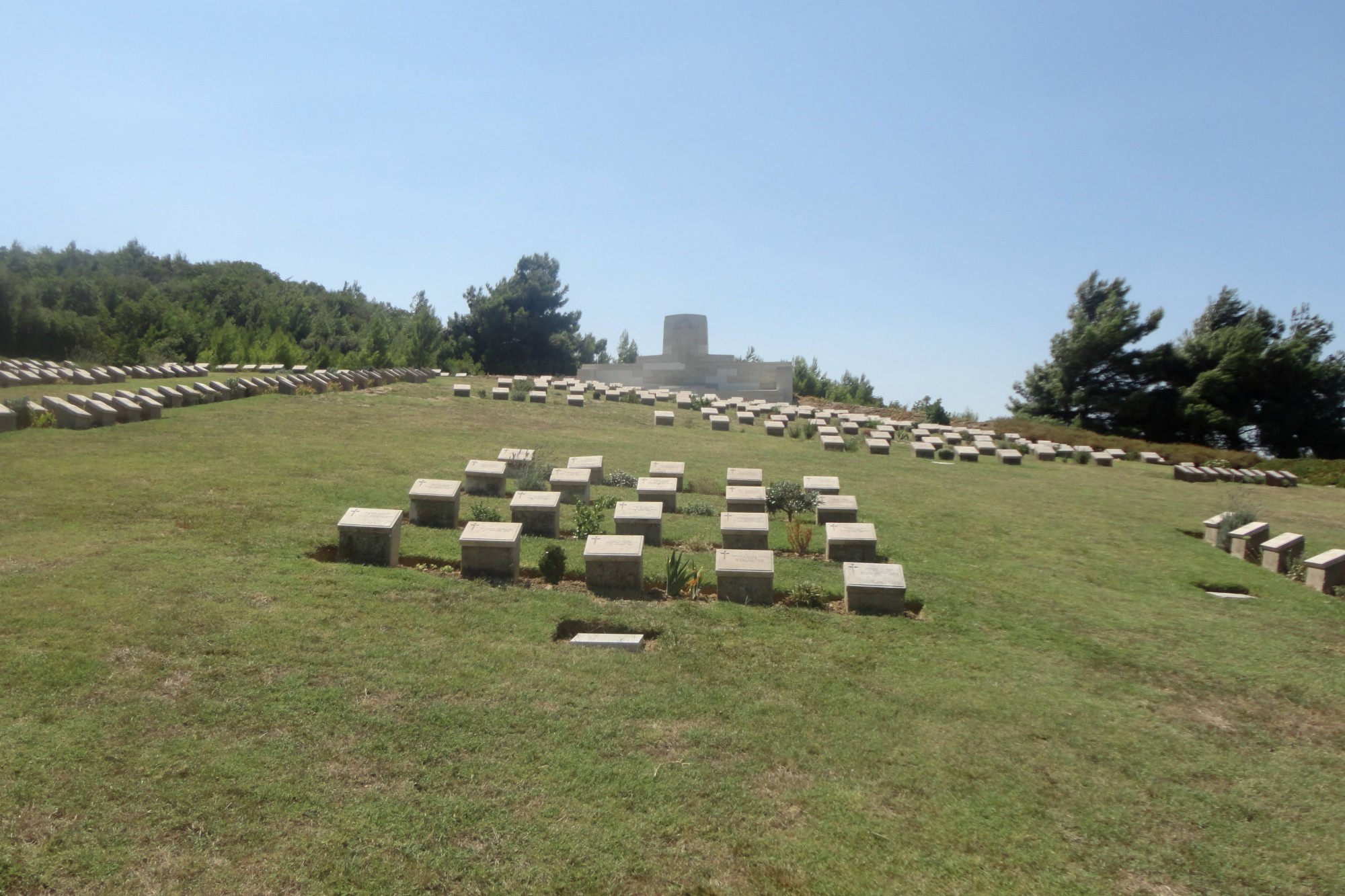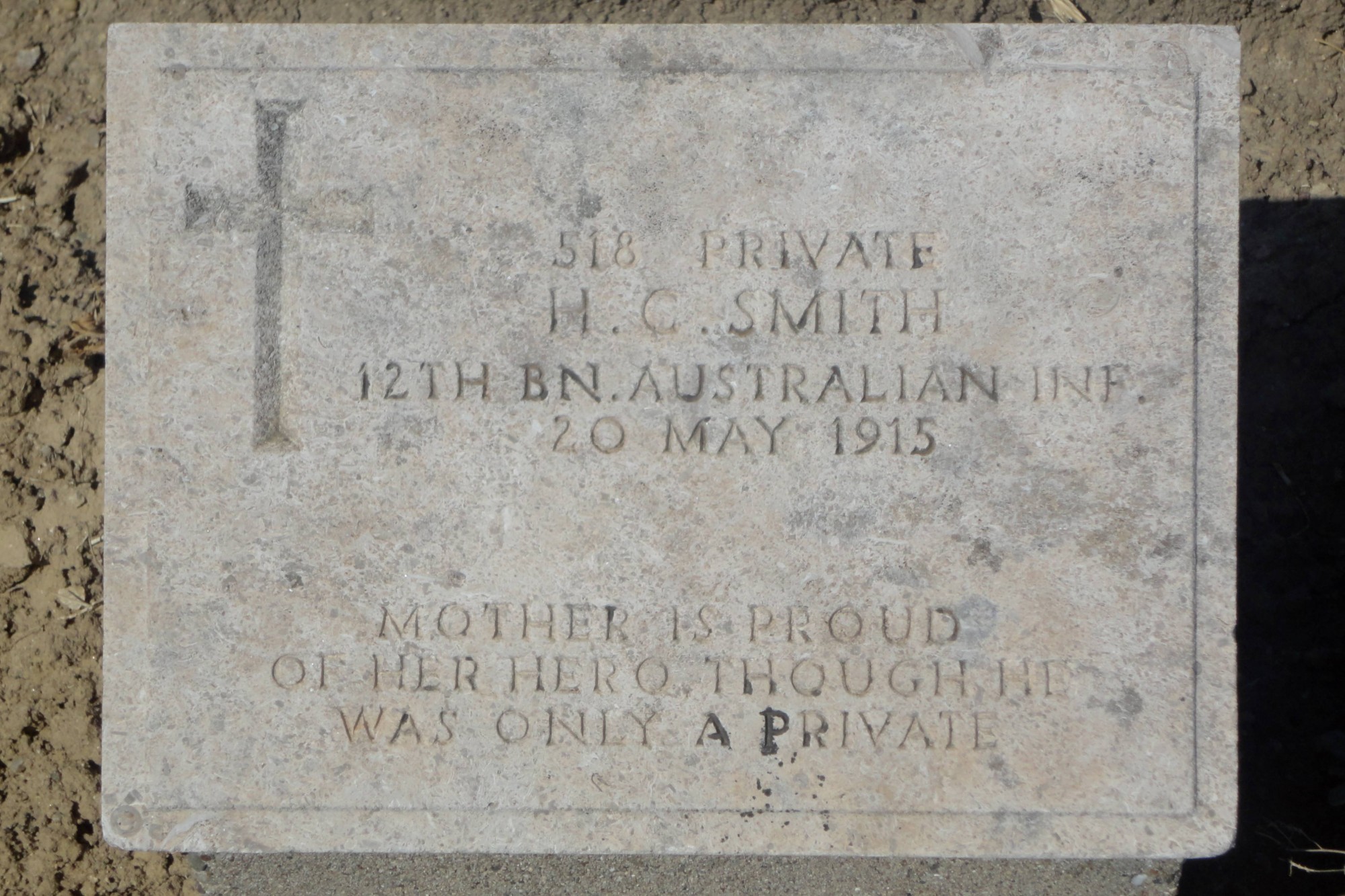This article is about Shell Green Cemetery, Gallipoli and will look at some of the soldiers buried there. I have also written other articles about Gallipoli and guides to help you research soldiers who served in the British Army during the First World War:
Shell Green Cemetery
Shell Green Cemetery Gallipoli is reached via a steep path which runs up from the road near ANZAC Cove. It contains 409 First World War burials, of which 11 are unidentified. All but a handful are graves to men who served with the Australian and New Zealand Army Corps (ANZAC). The cemetery was originally two, which were combined after Armistice when graves were brought in from the surrounding battlefields. The cemetery took its name from the frequency the area was shelled by Turkish artillery during the campaign.
A large proportion of the burials are men of the 9th and 11th Battalions, Australian Infantry and the Australian Light Horse. Burials date from the day of the Gallipoli landing, 25 April 1915 with the last burials taking place in mid-December 1915. As you walk up to the cemetery you may come across remnants left over from the campaign. This potsherd is part of an earthenware Supply Reserve Depot jar (often referred to as rum jars) which are found all over the area.

Then out spake brave Horatius,
The Captain of the Gate:
To every man upon this earth
Death cometh soon or late.
And how can man die better
Than facing fearful odds,
For the ashes of his fathers,
And the temples of his gods?
Also buried in the cemetery is Private Harold Consort Smith 12th Battalion Australian Infantry who was killed in action on the 20 May 1915. His touching epitaph reads ”Mother is proud of her hero though he was only a private”. Smith enlisted on 20 August 1914, was from Mathinna, Tasmania and a ‘bushman’. He was originally buried in the Artillery Road East Cemetery, but like Sage was reburied after the war. His service file can be viewed online for free: Private Harold Consort Smith.


